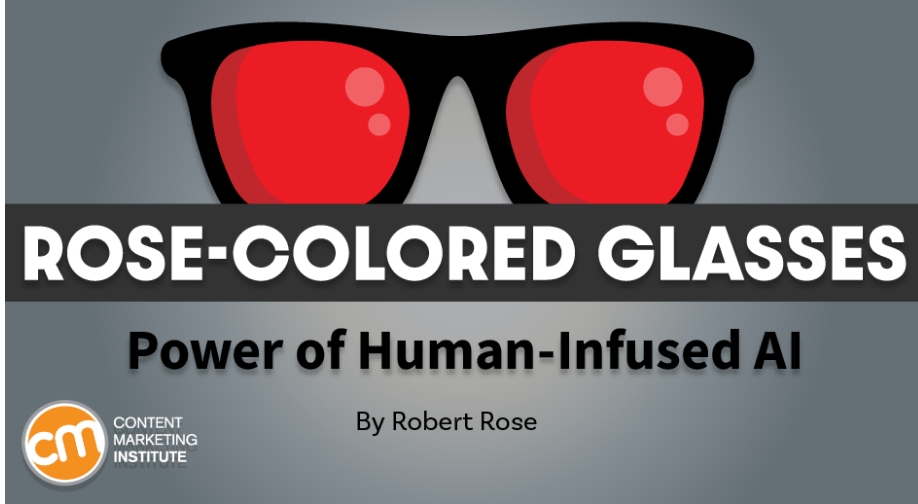Why? Well, for many reasons. One of the biggest involves working as part of a remarkable strategic content team that includes talented editors (content creators themselves) who improve the structure, clarity, and (on more than one occasion) my poetic words.
Most importantly, they push on my ideas.
They ask questions that challenge me to strengthen my argument. Frequently, they’ve saved me by pushing back on an idea to where I say, “Yeah, you’re right. That’s kind of dopey.”
The current generation of generative AI tools could never do that, and that’s already creating a new set of problems for content generation in marketing.
Meet the new boss; same as the old boss
I’ve talked to more than two dozen software companies for a research project and discussed with several clients the status of the integration of generative AI into their content strategy. Through that work, I’ve identified two distinct AI categories for marketers (and they may sound familiar to regular readers of my column.)
One category involves companies with a strategic content approach. They explore how to pull AI tools into the content creation lifecycle and seek to identify how AI can augment the existing ideation and planning process. These companies use AI frequently, but they rarely, if ever, use it to “create original content.”
The second category encompasses companies without a strategic content approach. They jump in to see how AI can increase the output of their content widgets. These are the same companies that view their content teams as vending machines of digital content assets. Now, they just use AI to automate the vending machine.
AI can’t improve ideas if you don’t shape them first
Today’s generative AI tools can’t proactively suggest how the business should express itself. These tools dutifully comply with the prompt’s request – whether the idea is good, bad, or indifferent.
That can work for businesses that operate content in a self-centered way. In these scenarios, teams – sales, demand generation, C-suite, PR/comms, etc. – request (or create) the content they need without understanding the greater marketing and content strategy.
These content teams go right into editing words and formatting the requested asset – functioning like a vending machine. They are the human equivalent of ChatGPT, simply responding to prompts from the rest of the business, whether the request is good, bad, or indifferent. In this scenario, the argument for replacing humans with generative AI is strong.
But a great human content team can push on ideas. They act strategically. Should you write about that? Can you build an SEO cluster around that content? Is that a gap in the thought leadership landscape? Is that thought differentiated? Is the idea even a good one? Are you sure you’re right about that industry-changing idea?
If the business takes a strategic approach to content – planning, prioritizing, and making fully visible what the business will and wants to say – then the argument for generative AI as an augmentation of talent is stronger….Read More

